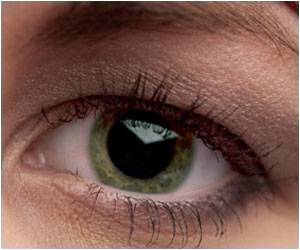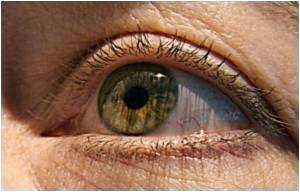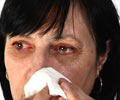Dry eye was least during summer compared to pollen allergy in spring and low indoor humidity in winter due to indoor heaters.

Dry eye can significantly impact a person’s quality of life by inducing burning, irritation and blurred vision. The research team hypothesises that the winter rise in cases of dry eye may be due to low indoor humidity caused by people using heaters indoors without a humidifier to offset the dryness.
The researchers discovered the correlation between allergies and dry eye by reviewing 3.4 million visits to eye clinics nationwide over a five-year period between 2006 and 2011. During that time, doctors diagnosed nearly 607,000 patients with dry eye.
A seasonal spike occurred each spring, when 18.5% of patients were diagnosed with dry eye. Another spike came in winter but the prevalence of dry eye was lowest in summer at 15.3%. April had the highest monthly prevalence of dry eye cases: 20.9% of patients seen were diagnosed with dry eye that month
The latest discovery that allergies and dry eye conditions are linked suggests dry eye sufferers may benefit from allergy prevention in addition to dry eye treatments like artificial tears. For instance, wearing goggles outside for yard work and using air filters indoors may stave off springtime dry eye, the researchers said.
Advertisement















